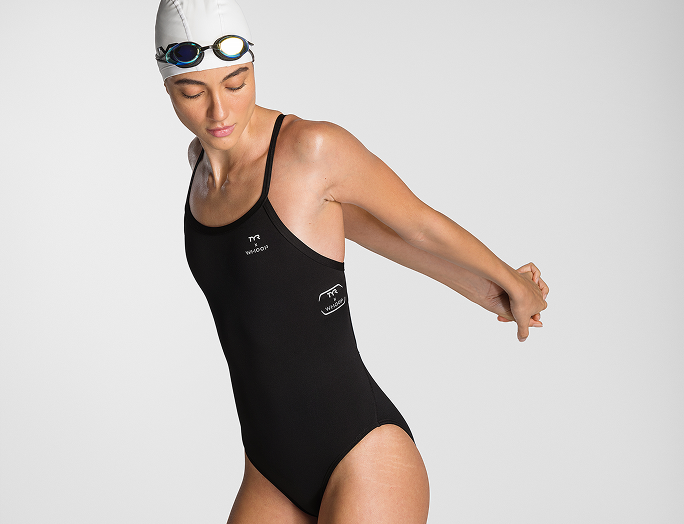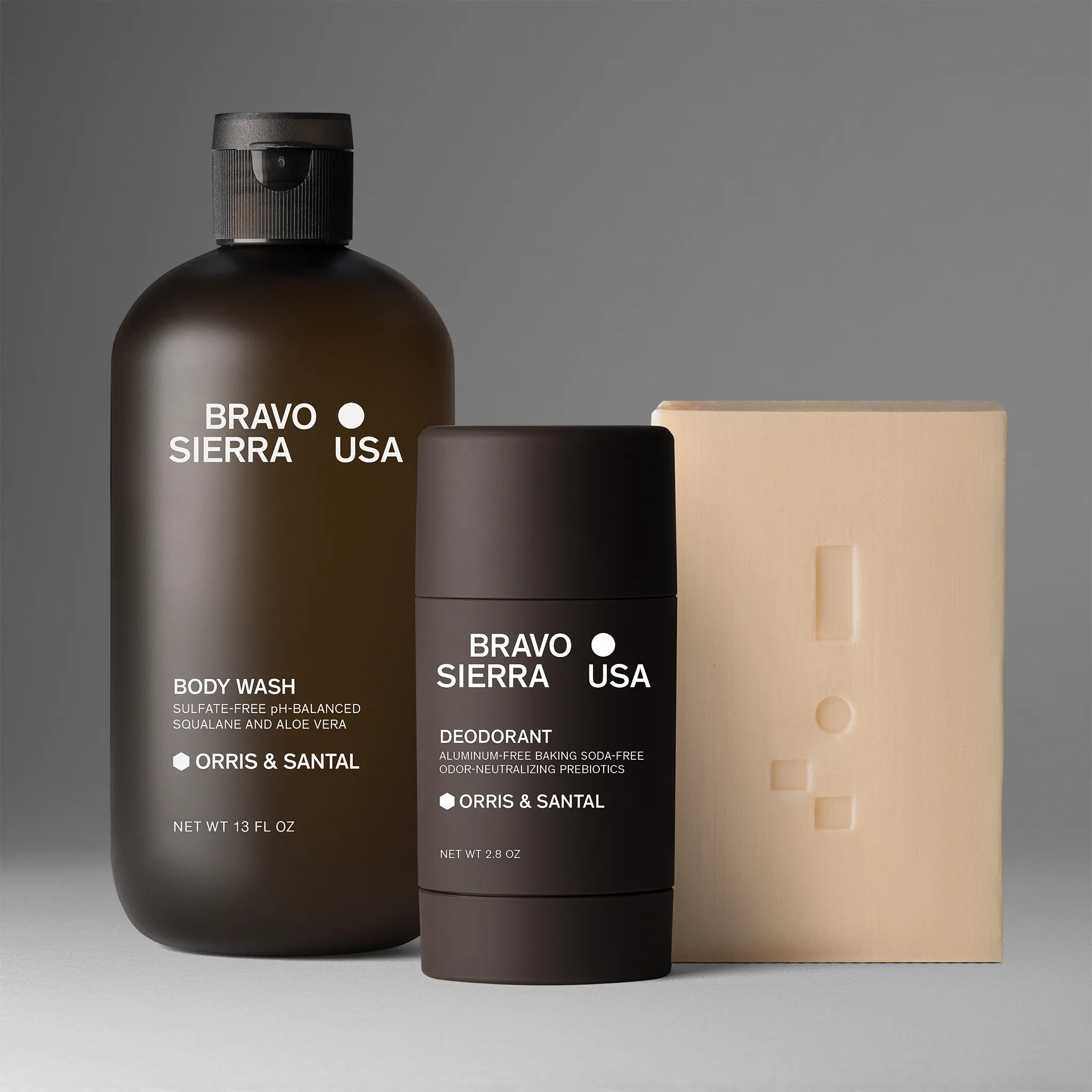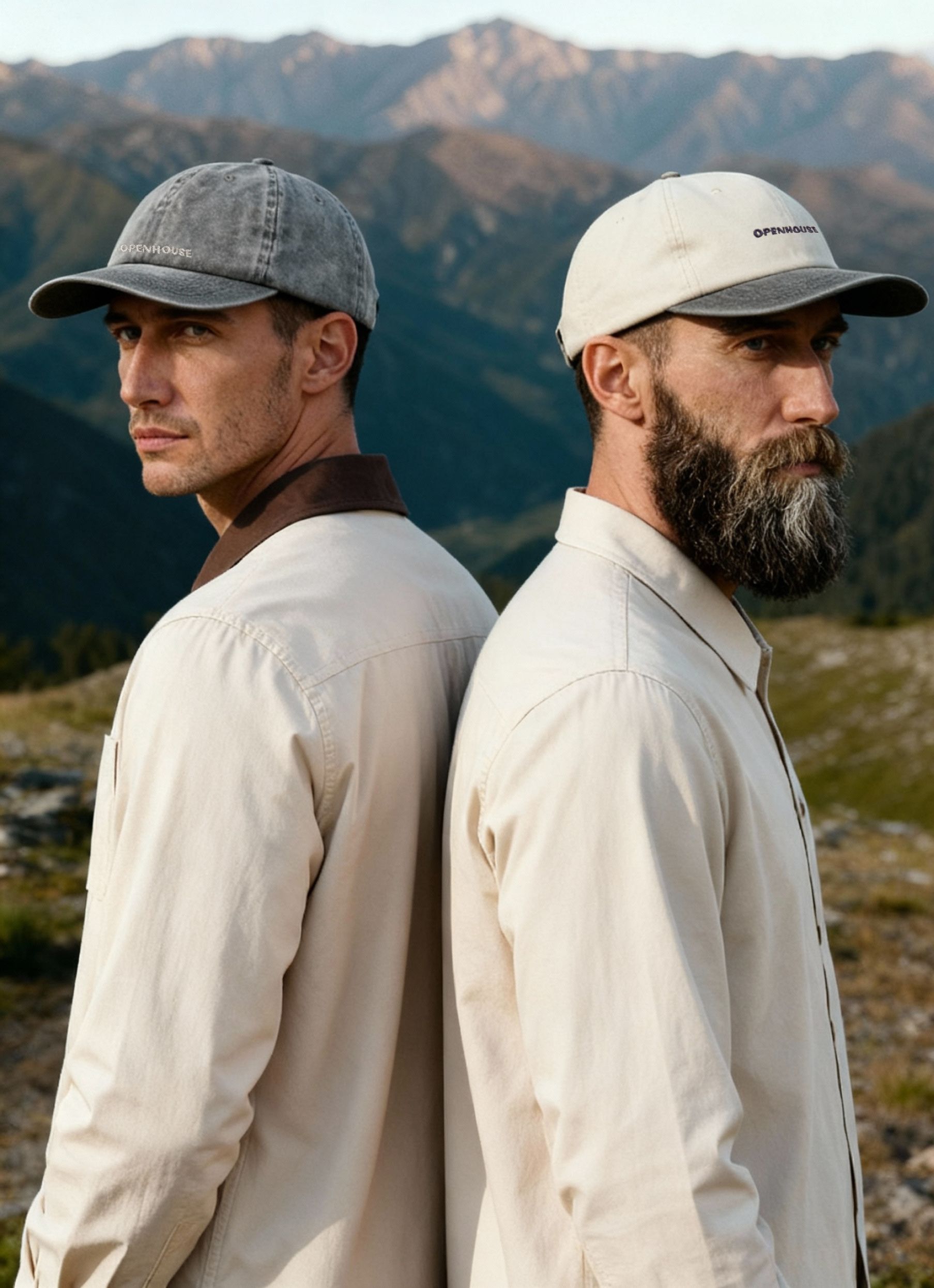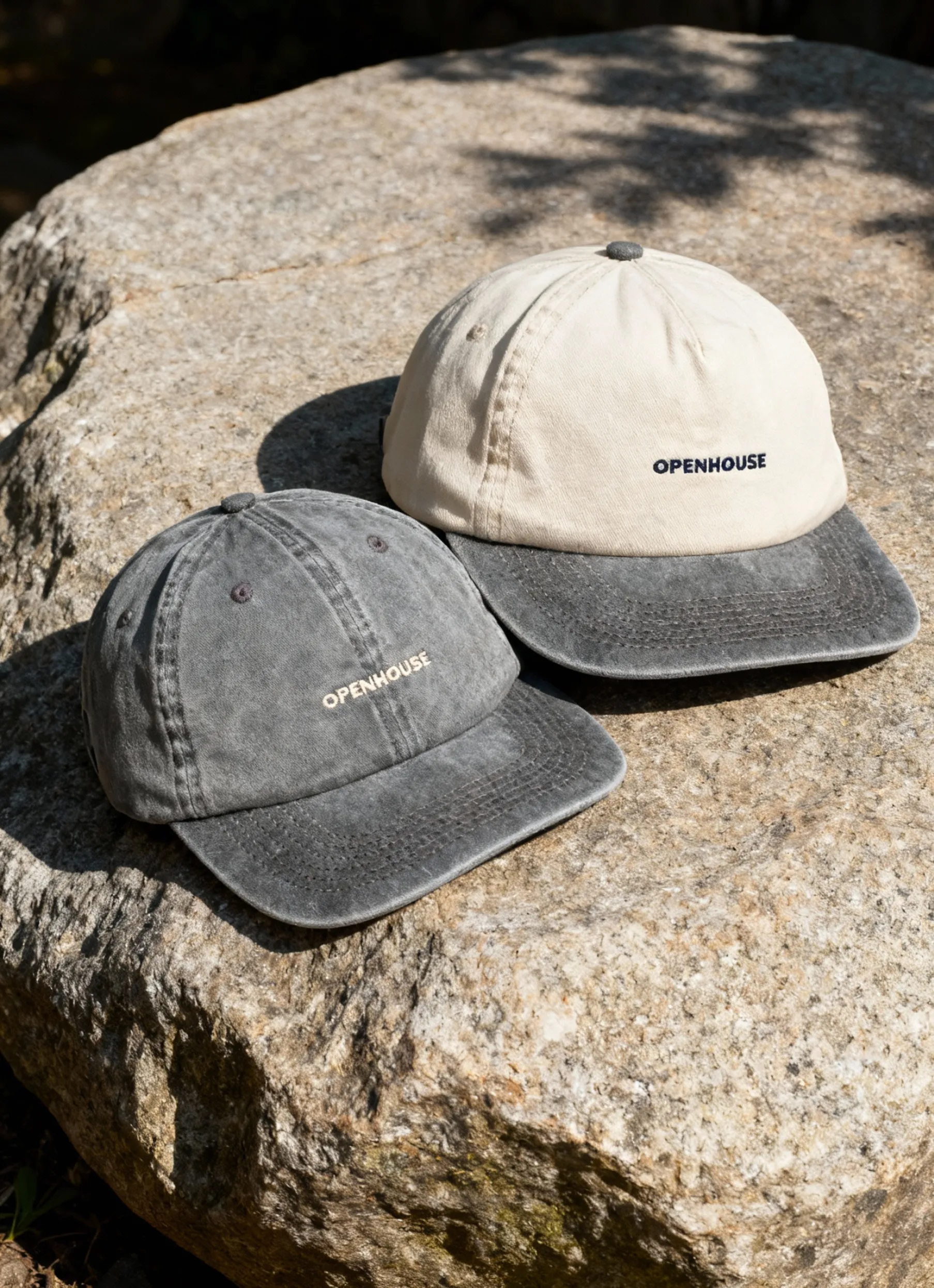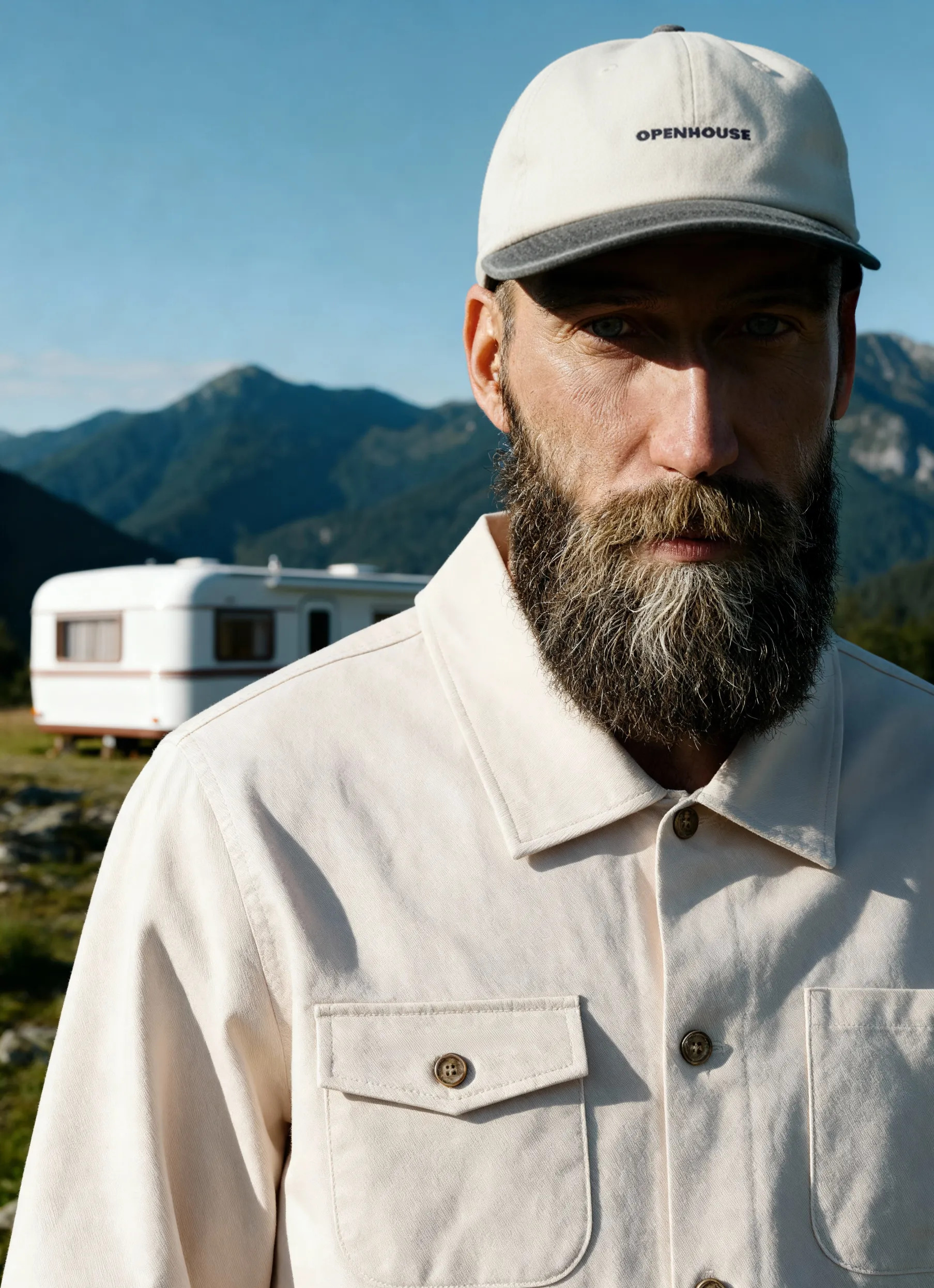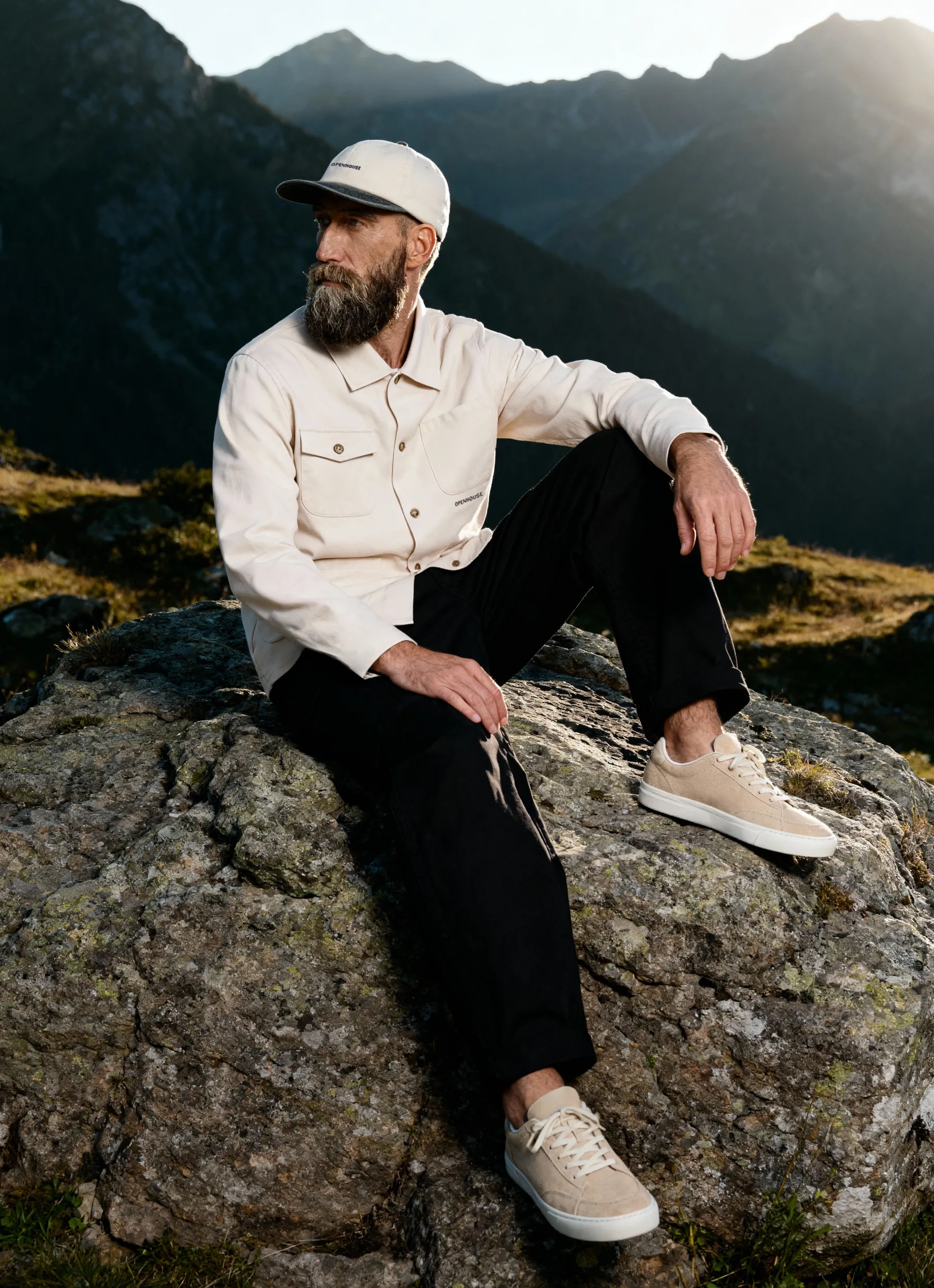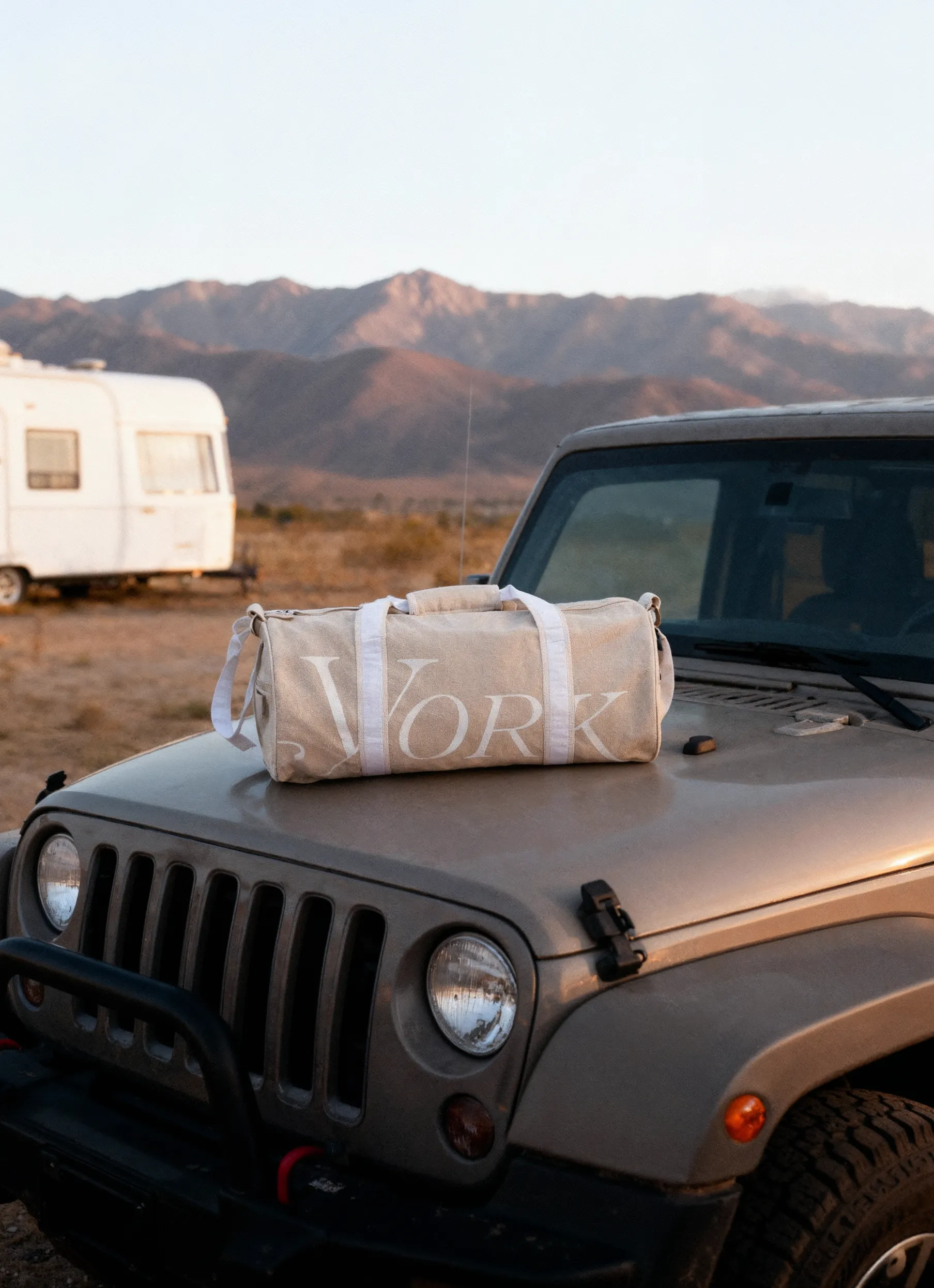Remember when you took your first driving class? How an instructor told you where the brakes are, how to signal the turn, and adjust mirrors? Imagine if you never got the instructions, but just started driving. No, bad, bad idea.
Similarly, when you need to order product photography services some clear guidelines would do more good than harm. Just as with the timely driving classes, you can avoid reshoots and miscommunication if you follow these simple recommendations.
Before we delve into the particulars of the product image session ordering process, let’s get the basics down:
The three truths of ordering perfect product photos:
- The better your input – the better is our output.
- The more time you spend before the shoot prepping it – the higher the chance to get the best photos of your product without additional charges.
- A photo is a reflection of your product. Even though enhanced and retouched, photography won't make it something it's not.
Now that you know the foundations it's time to get to the point.
What can you get out of following these guidelines
If you are looking for a product photography studio that will take care of the images for your online shop, this piece will:
Save you lots of time
a pretty good trade-off, 5 min read for hours of re-shoots and back-and-forth approvals!
Save you money
An increase on your ROI, as both reshoots and photo editing are fairly expensive.
An alignment of expectations
Nobody was born knowing the particulars of how to order ecommerce photography services – we are happy to give you those first driving classes so you get from point A to point B unharmed. Managing your expectations before all things are said and done will help studios bridge the gap between your vision and the resulting image in 2 ways:
– The photography vendor’s crew will have a better understanding of what exactly it is you want to receive as output;
– You will have a better idea of options, thus nearing your expectations of what's physically possible in your case.
Minimize your returns
Return terms and conditions are a huge purchasing decision factor in ecommerce [67% of buyers check returns policy before buying]. Yet, the returns are a sizable cost center that brought down many online businesses [30% of eCom purchases are returned]. 22% of those returns are done because items look different from the product image.
Ensure more relevant visual content for your brand
When you follow this pre-shoot preparatory guide, you will have crystallized your understanding of the outcome clearer. This way the resulting images will have more resemblance to the DNA of your brand with your in-depth involvement.
These are the best practices for ordering product photography services based on a decade of photographing items for over 1000+ brands.
Rules of thumb to order product images
Input = output
It’s a case of “one stitch in time saves nine”. The quality of product photos is proportional to the time and effort spent by you prepping for the shoot. Lay out your vision as clear as it's humanly possible. If you don't have a set vision, prepare the context around your brand and let's arrive at the vision together. Don't be shy to spill it all – it will pay dividends when we deliver your images.
Be an expert on your product
Study the items before you send them over to the studio. Understand the intricacies and limitations of your product – its fabric or material, what it can and can't do, how it can and can't be manipulated. This might become a source of insights on how you'd like the product to be photographed.
Talk to the product photography team
We are playing for the same team and are motivated to get the best result. So, let's collaborate! If at any point you feel stuck or that you don't have enough information to make a judgement call – talk to us, give us a call, let us take you through a demo.
This is especially true if this is your first product photography experience.
Play around with your product before sending it in
This point is of utmost importance. Styling is an area in product photography, which is the most vulnerable to interpretation.
We highly recommend to style your products before sending them in. It will give you a perspective of the uniqueness, capabilities, and limitations of the given product. Snap a few photos on the phone, understand how the product interacts with a camera.
Professional photo studios can always take it to the next level. But your understanding of what your product can and can't do will help both parties be on the same page.
Take your time to fill out the special instructions tab
The special requests / comments tab is your canvas. Don't hold back. Every single word, comment, direction, and recommendation is carefully examined by the studio to align the final output to your expectation.

But. If you don’t mention anything there – you are leaving a lot of space for interpretation. Sometimes it can produce interesting outcomes, but more often it results in reshoots.
Provide references before the shoot
Find the references of similar items that you really like and send them over before the shoot. The more references you provide, the better the studio's understanding of your preference and direction. There can be a reference for each individual aspect: styling, layout, angles, shadows. But make sure you label what attracts you in each individual reference!

If you are ordering an advertising type of photography (we call it a Hero shot) search for some styling references that a studio could use as a guide. Providing references in these areas will remove uncertainty and leave little to no space for interpretation:
- Background ideas
- Props
- Mood and ambiance
- Color palettes
- Lighting and shadows
- Angles and positioning
- Layouts
Check your products for defects and condition
Before sending in the products make sure you carefully examine their condition. Some smaller things can be hard to recognize for a human eye, but once the product is under a macro lens all the little inconsistencies start to appear.
Just to give you perspective on things: we've had experience receiving products with asymmetrical trims, a 2-inch sleeve difference, and jewelry with golden plating coming off. This usually results in additional charges for retouching, but can be avoided with a simple product replacement (if available).
Retouching can go so far
Retouching is absolutely essential, but it's limited by the quality of a product. You can better the product, but you can't make it what it's not. The higher quality of the product – the better it will look on the other side.
- Choose your best product
- Choose an unused new product
- Send over only clean products
- Remove unnecessary labels (barcodes, expiry dates, price tags)
- If possible, send a few versions of the same product for a photographer to choose from
- If your product does have a defect and there's not much you can do about it at this stage (samples for example) – inform the studio in the special requests tab so that we can prepare to tackle the problem.
- Check if labels are glued straight on because it will be very noticeable when they are not.
- Make sure that the levels of fluids and liquids in your products (beauty, make-up, etc) are what they want them to be on your website.
Be present to review and approve hero shots
Hero shots may take hours to produce and will play a major role in a marketing campaign. Here again, clients and product photographers are in the same boat – wanting to produce a perfect shot in one go.

This advertising advertorial type of custom photography requires a lot of back and forth between the client and a studio. We ask our clients to be available for the day of the shoot to approve and sign off the hero shot before they can be ripped it off the set.
Get familiar with shooting formats and types
Some products are simply not meant to be photographed in flat lay format and some would look very awkward on a ghost mannequin.
Spend a few minutes exploring different options to discover what fits your product best. We'll always recommend the best practice, but you can learn a thing or two about what can make or break your product visually beforehand. Check out our types of product photography article for more insights.
Pack your items carefully for shipment
Use bubble wrap and any other softening material that will ensure the goods reach the studio undamaged, shiny, and intact.
For example, something as durable as a book got to us with damaged corners, which resulted in additional fees and time for retouching. This expense could have been avoided with mindful packaging.
Afterword
All of the points above can be summarized within a single truth – input = output. Preparation isn't optional, it's essential. At Squareshot, we'd like for you to make the most out of your money and not spend more than you should. Preparing your product and yourself for a shoot is just the way to achieve that.
On a final note, these carefully compiled pieces will provide further insight into the topic:
- Ecommerce Product Photography Insider Guide: From Zero to Hero
- Hero shot: The E-commerce Photography Trend that Drives CTR Up
- Ghost Mannequin vs Flat Lay Photography: Vital Choice of Ecommerce & Insider tips
- How to Hire an Awesome Product Photographer
By the product:
- Eyewear photos: How to photograph eyewear for higher CTR
- Watch photography manual: Watch Photography That Works Time After Time again
- Handbags: Handbag Product Photography Done Right: E-commerce Best Conversion Booster
- Cosmetics photos: How To Make Photos For Cosmetics & Beauty Products
- Jewelry product images guide: How To Make Stunning Jewelry Product Photos That Evoke The Desire To Buy
Thank you for being a responsible collaborator!
Product A
SQUARE SHOT








